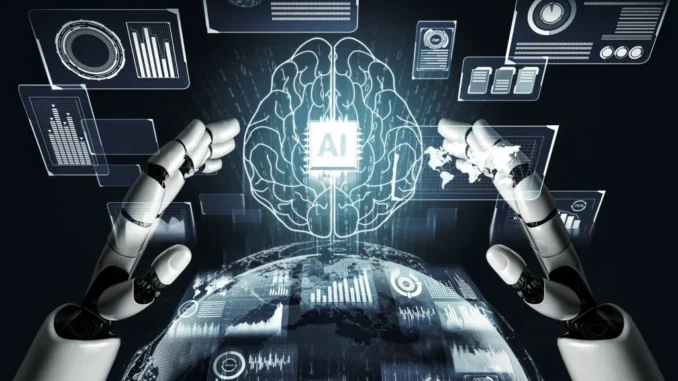
As artificial intelligence (AI) continues to advance and integrate into various sectors, concerns regarding the displacement of jobs have become increasingly prevalent.
A critical response to AI displacement must explore the complex interplay of technology, economy, society, and ethics. Here are the key points to consider in framing a critical response:








### 1. **Recognizing the Scope of Displacement**
– **Variety of Impacts**: AI displacement affects different sectors unevenly. While roles in manufacturing and routine tasks are more susceptible, jobs involving creativity, interpersonal skills, and complex problem-solving are less likely to be fully automated.
– **Temporary vs. Permanent Displacement**: Differentiate between jobs that may be temporarily displaced due to automation vs. those that might become obsolete. Understanding which jobs are at risk can help tailor targeted interventions.
### 2. **Analyzing Economic Implications**
– **Wage Pressure**: Automation can lead to downward pressure on wages for low-skilled jobs as labor supply exceeds demand. This can exacerbate income inequality and affect living standards.
– **Disruption of Labor Markets**: The sudden introduction of AI could cause significant disruptions in the labor market, leading to shifts in employment patterns that might not be able to absorb displaced workers quickly.
### 3. **Investing in Education and Reskilling**
– **Education Reform**: Current educational systems often do not equip students with skills suited for an AI-driven economy. Curriculum reform focusing on critical thinking, creativity, emotional intelligence, and digital literacy is essential.
– **Access to Reskilling**: Ensure equal access to reskilling opportunities for all demographics, particularly marginalized populations who may lack the resources to adapt.
### 4. **Implementing Social Safety Nets**
– **Universal Basic Income (UBI)**: Explore the potential of UBI as a solution for economic displacement. This would provide individuals with a financial floor, allowing them to pursue education or retraining without the immediate pressure of job insecurity.
– **Robust Unemployment Benefits**: Enhance unemployment benefits and create targeted programs for displaced workers, including job search assistance, counseling, and skills development.
### 5. **Facilitating Transition to New Jobs**
– **Career Pathways**: Develop programs that help transition workers from declining industries into growing fields where human skills are still essential, such as healthcare, technology, and renewable energy.
– **Support for Entrepreneurship**: Encourage small business development and entrepreneurial endeavors as a means of creating new job opportunities.
### 6. **Addressing Ethical Considerations**
– **Fairness and Bias**: AI systems can perpetuate or exacerbate existing biases. Addressing algorithmic fairness is crucial to prevent discrimination in hiring and promotion practices.
– **Transparency and Accountability**: Demand that companies using AI in hiring and other critical processes maintain transparency about their algorithms, ensuring that stakeholders can hold them accountable for unfair practices.
### 7. **Fostering a Collaborative Relationship with AI**
– **AI as an Augmentation Tool**: Promote the idea that AI can enhance human work rather than replace it. Fostering collaboration between humans and AI can yield better outcomes in many industries.
– **Human-Centered Design**: Encourage developers to prioritize human-centric design in AI systems, ensuring that applications are created to support and empower workers rather than replace them.
### 8. **Promoting Responsible AI Development**
– **Regulatory Frameworks**: Governments and organizations should establish regulatory frameworks to govern AI development and implementation, ensuring ethical standards and protecting workers’ rights.
– **Stakeholder Engagement**: Involve a diverse array of stakeholders—including workers, companies, ethicists, and advocates—in discussions about AI integration and its implications for society.
### 9. **Encouraging Public Discourse**
– **Public Awareness Campaigns**: Initiate public discussions around the implications of AI and automation on employment, engaging communities in dialogues about their concerns and aspirations.
– **Research and Advocacy**: Support research on the socio-economic impacts of AI while advocating for policies that protect and support displaced workers.
### **Conclusion**
A critical response to AI displacement should not solely focus on the fear of job loss but rather on proactive strategies that empower workers, ensure equitable transitions, and promote an inclusive economic landscape. By addressing educational needs, creating social safety nets, and fostering a collaborative future with AI, society can harness technology’s potential while mitigating its adverse effects. This approach requires cooperation among governments, businesses, educators, and communities to build a resilient workforce equipped for the challenges of tomorrow.


Leave a Reply